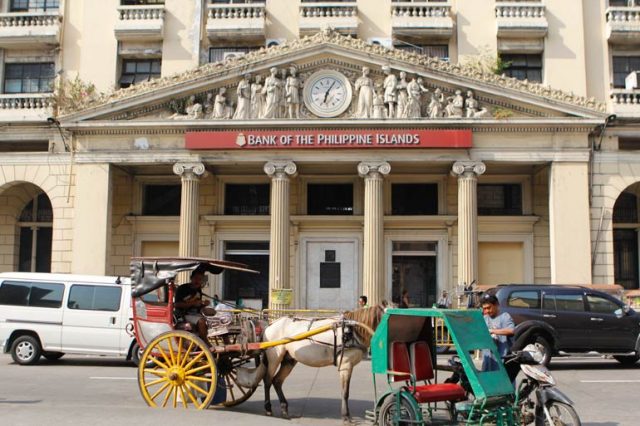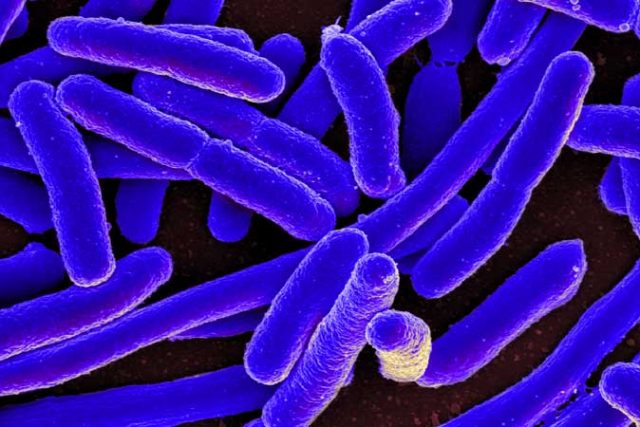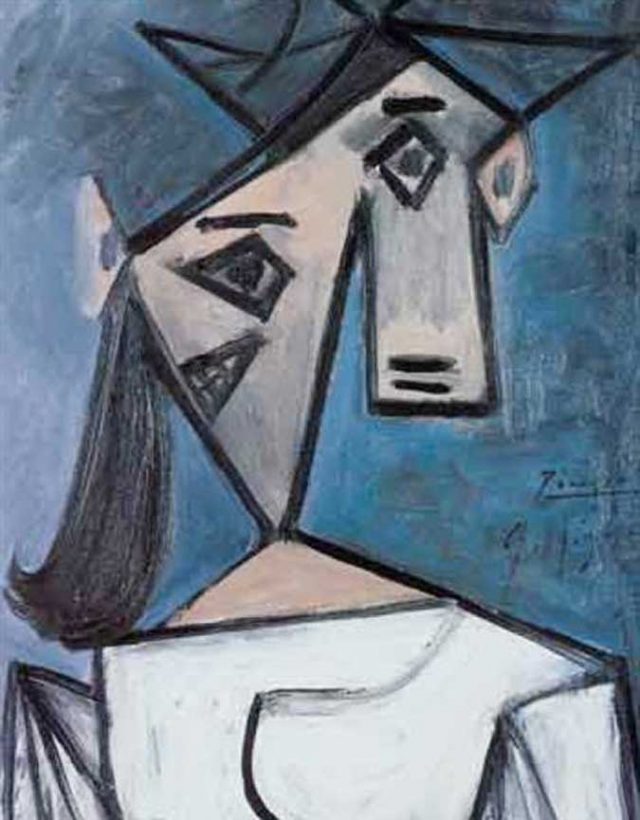A string of sounds, lessons, and inspiration
US-based rondalla teacher Tagumpay de Leon named a National Endowment for the Arts National Heritage Fellow

Rondalla Musician — PHOTO BY STEVE WALAG
TAGUMPAY de Leon (fondly called “Pi” by his family, friends, and colleagues) teaches a rondalla ensemble at University of California, Riverside (UCR) by first acquainting them with playing open strings.
A rondalla is a plucked string ensemble composed of five main instruments: the bandurria, octavina, laud, guitarra (guitar), and bajo (bass). On occasion, a piccolo also joins the ensemble.
Mr. De Leon uses numbers to teach his students — a method his older brother Bayani devised for teaching rondalla.
During an interview via Zoom with BusinessWorld, Mr. De Leon took his octavina and demonstrated as he explained.
“We start with open strings. No melody yet,” he said. As an example, the numbers 10 or 20 on an instruction would mean “first string, open. Second string, open.” This means that the strings are plucked but no pressure is applied.
The number one refers to the first string, and number two refers to the second string, he explained further. “So, when you see the number 12, you know you have to play the first string in the second fret,” he said. “Rondalla notes are single notes.”
Once the student is familiar with the placement of strings, they proceed with teaching notes.
Tracing its origin to Medieval Spain, the music carries a distinct tinkling sound. In the Philippines, the rondalla commonly performs in festivals and other public gatherings.
MUSICAL FAMILY
Tagumpay Mendoza De Leon was born in 1945 in Nueva Ecija. He grew up with six siblings in a family of musicians. His mother, Illuminada Mendoza, was an accomplished pianist. His father, National Artist for Music Felipe Padilla De Leon, was a composer.
As a young boy, Mr. De Leon first studied the piano, the accordion, and the violin. Later, the siblings went on to play as a rondalla ensemble.
“I remember performing with my siblings, around 1964 to 1965, before I graduated from college,” Mr. De Leon recalled. “That’s when we formed the De Leon Rondalla.”
Their father had the siblings choose which instrument to play. Mr. De Leon chose the bass which is the biggest instrument. He recalled that he chose the instrument thinking, “It might be easier to learn because there [are] only four strings,” he said, compared to the rest which had 14 strings. “So, I took the bass. Little did I know, that I would regret it at that time. Because whenever we perform, I’d carry the big bass. My siblings all have this instrument, that they can carry, but me, I have to carry the big one.”
In the 1960s, the De Leon children performed at family and community functions in Manila.
AS A MUSICIAN AND EDUCATOR IN THE US
Mr. De Leon moved to the United States in 1971 and settled in Burbank, California. From his focus on the bass, Mr. De Leon also began learning the other rondalla instruments.
He first played bandurria (a 14-stringed tenor rondalla mandolin) and guitar with the Pamanlahi Dance Troupe. Then, he also worked with the Fil-Am Cultural Family Group under Bayanihan Philippine National Folk Dance Company musical director Nitoy Gonzales.
When universities in southern California started the trend of hosting cultural nights in 1991, Mr. De Leon formed The Rondalla Club of Los Angeles. Among the universities the ensemble played at was in University of California, Riverside (UCR) where Mr. De Leon would eventually teach rondalla instruments.
“I was fortunate because UCR decided to emphasize world music,” he said, “In any university they always want to have a symphony orchestra; they play western music orchestra. So, they decided to shy away from the tradition of orchestra.
“I was playing for the Kayamanan ng Lahi Dance Troupe. They performed at URC and then the assistant music chairman saw us and got impressed with the music,” he said. Mr. De Leon then took the opportunity to teach Philippine music instruments.
The elective course on Philippine music instruments was established in 2001 after the university procured rondalla instruments from the Philippines.
“You know how many students I started with?” he asked. “Twenty-eight.”
“And we only have 12 instruments. Since that [was] the first batch of instruments, we thought, ‘12 will be good enough’,” he added.
In his two decades of teaching rondalla, Mr. De Leon has had a variety of experiences with students (mostly Filipino-Americans), and some of them have participated in his classes for their entire university life.
“I love teaching these kids, because they’re always enthusiastic to learn — some of them out of curiosity. Once they started learning, some of them became so involved with it, they even bought [their own] instruments,” he said.
It was his colleagues at UCR, and one of his students (now a doctor in ethnic musicology) from his early rondalla courses who nominated him to the National Endowment for the Arts.
THE 2021 NEA NATIONAL HERITAGE FELLOWSHIP
The National Endowment for the Arts (NEA), the independent federal agency established by the American Congress in 1965 which funds and supports Americans in their creative pursuits, announced the 2021 NEA National Heritage Fellows on June 15. Mr. De Leon is one of them.
According to the agency’s official website, the NEA National Heritage Fellowships “recognize the recipients’ artistic excellence and support their continuing contributions to our nation’s traditional arts heritage.”
Mr. De Leon was given the recognition as a rondalla musician. He joins eight other musician fellows who will be awarded in a virtual ceremony on Nov. 17. Each awardee will also receive $25,000 as part of the Endowment Honor.
“I don’t really consider myself a master performer, I just happen to love playing. But I guess, since I’m also teaching, that qualifies for the award,” he said. “That’s your lifetime goal — to disseminate your culture.”
As a musician and mentor, Mr. De Leon is not after his students’ mastery of the instrument.
“Our purpose is to get acquainted with instrument, and to be exposed to this kind of culture that we have [as Filipinos],” he said. “If you become good at it, then I guess, I taught you well. But the main purpose is to see how cultural heritage [is] preserved through this instrument, and [that] they know the value of this type of music as far as identifying us as Filipinos.” — Michelle Anne P. Soliman












